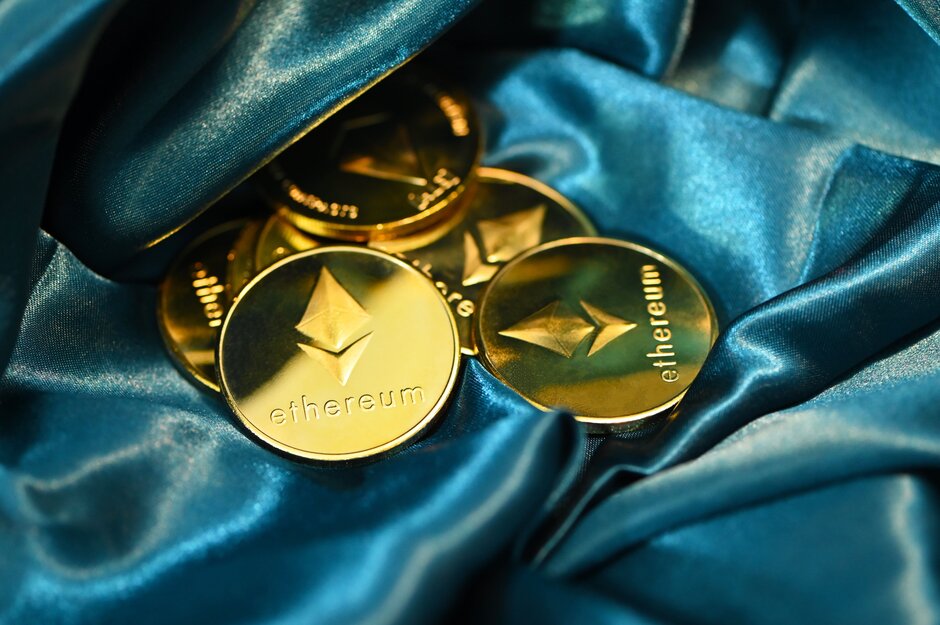Vitalik Buterin identifies Rollups as most likely to return user funds sent from Layer 1 chains
- Ethereum founder Vitalik Buterin shared his thoughts on different types of Layer 2 protocols.
- Buterin identified that the likelihood of bringing assets sent from Layer 1 chains back is the highest in Rollups.
- The Ethereum founder says security levels in Layer 2 and Layer 3 chains are the same.

Vitalik Buterin, the creator of the Ethereum network, published on Tuesday a blog post comparing Layer 1 and 2 protocols. Buterin said Rollups are his preferred option over Validiums and disconnected chains to securely return funds sent by a user from a Layer 1 chain.
Also read: LayerZero proposes wstETH availability across Ethereum, Avalanche, BNB and Scroll
Vitalik Buterin analyzes diverse Layer 2 landscape
Ethereum creator attempted to categorize Layer 1, 2 and 3 chains in the ETH network. Buterin noted in his blog published early on Tuesday, that the difference between Layer 2 and 3 chains is in the architecture and not the security.
In the scenario of bringing back assets issued on Layer 1 after depositing them to Layer 2, Buterin identified Rollups as the most secure chains as they have the best security guarantee compared to the other two.
The choice between different Layer 2 technologies is driven by the need to balance security and scalability, Buterin said. These projects have a range of options, from Rollups – which include on-chain data storage and strong security guarantees – to Validiums, which rely on validity proofs like ZK and store data on a server or separate system. Finally, fully disconnected systems trust one or a small group of people to protect funds.
Buterin discusses Dencun upgrade
Ethereum network’s next big upgrade, Dencun, is lined up for 2024 after developers identified issues in their initial tests, devnets.
Dencun is set to introduce an Ethereum Improvement Proposal (EIP) 4844, which is key to improving data availability for different Layer 1, 2 and 3 projects. The upgrade is expected to boost the security and usability of these protocols, Buterin said.
How exploits could be avoided by Layer 2, 3 chains
Buterin discusses a case in which top chains read only the finalized block in the Ethereum blockchain and another in which chains revert if ETH reverts. The Ethereum creator identifies the need for the chain to have the feature of reverting or interacting with the underlying blockchain to avoid 51% attacks or printing of money, turning the bridged ETH into a fractional reserve.
A 51% attack is the unlikely event in which a group of traders gains control of over 50% of the network’s hashing power. These attacks tend to fail on large crypto networks like Bitcoin and Ethereum as they are considered secure. However, Layer 2 or 3 chains are likely to suffer an exploit if the chains only read the finalized block in Ethereum and fail to revert.
Author

Ekta Mourya
FXStreet
Ekta Mourya has extensive experience in fundamental and on-chain analysis, particularly focused on impact of macroeconomics and central bank policies on cryptocurrencies.





